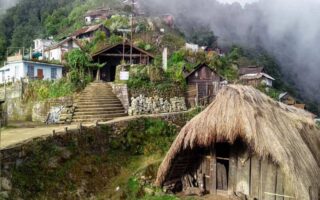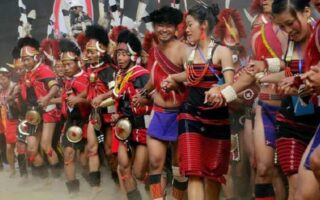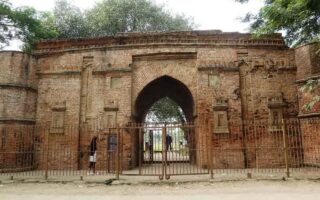Nagaland is situated on the extreme Northeast region on the border of Myanmar in East, Assam in West and some part of Manipur in South. The state offers incomparable culture and tradition enriched in heritage. Nagaland is stretched over 16, 570 sq.km, in which 6.32% of whole north-east and approx. 0.5% total area of India. It became the 16th State on 1st Dec, 1963 in the Indian Union Territory. At present the state is divided in 11 districts, whereas Kohima is the capital of the country located 1444.12m above sea level.
The inhabitants of Nagaland are commonly named as Nagas and are comprised with 16 tribes such as Zeliang, Lotha, Konyak, Phom, Pochury, Sangtam, Rengma, and many more sub-tribes. The total population according to 2001 census is 19, 88,636 and 120 persons. The economy of Nagaland is grounded on Agriculture. The total land of state is 52% covered with dense forests and hence is popular for Wildlife sanctuary. Let’s quickly get merged with the overview on the Wildlife of Nagaland.
Fakim Wildlife Sanctuary
- Location: Situated near to the borders of Myanmar (Burma) in the northern – eastern part of Nagaland, India.
- Best Recommended time to Visit: November to February
- Wild Life: Gibbons, Tiger, Jungle Cat, Panther, Hoolock, Bison, Himalayan Bear, Sambar, Wild Boar, Indian Horn Bill, Grey Pheasant, Tragopan Pheasant, Green Pogeon, Doves, Jungle Fowl, Slender Loris and many more.
- Quick Facts: The Fakim Wildlife Sanctuary is covered with high ridges, hills, narrow ravines and deep gorges, the place offers excellent picturesque for wildlife photographers. The place is rich in flora and fauna, unfound in other parts of India.
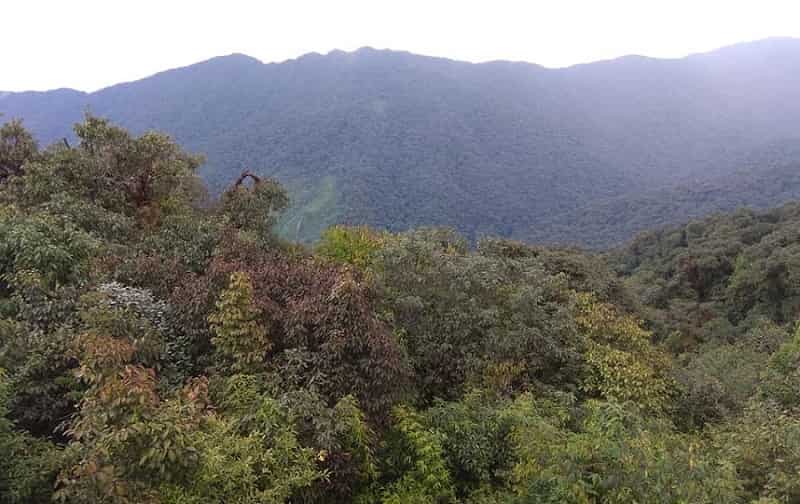
The Fakim Wildlife Sanctuary is situated on the border of Myanmar (Burma), which is rich in Flora and Fauna. The sanctuary is spread over with an area 6.4 sq.km. The uniqueness of the sanctuary lies in the high deep ridges, gorgeous valleys and hills and off coursed diversified habitat for all mammals, insects, birds and animals. Fakim Wildlife can be best described as exquisite beauty filled that allows an individual to get close with the Mother Nature. The region received high rainfall during monsoons and thus it is ideal habitat for flora and fauna. There are wide varieties of species in the sanctuary house, unfound anywhere.
One of the important trees been found in the district such as Khasi Pine, Kashnar, Uraim, Bonsum, Oaks, Bogipoma, Gamari, Alder, Hollock, Sasi, Kachnar, Amari and many more. Due to heavy rainfall in the region, the forest is shrouded with undergrowth shrubs. In the month of March and April, Rhododendron are found in the forests. Besides these there are several types of canes bamboos are originated in abundance. Also, trees of Tejpatta and Dalchini, which are widely used in the cuisines are scattered in the area.
Ghosu Bird Sanctuary
- Location: Situated in south-west part of Zunheboto, Nagaland.
- Best time to Visit: June to September
- Wild Life: Endangered with more than 20 species of birds
- Quick Facts: As situated in the Zunheboto part of Nagaland, the town is stretch under the shades of clumps of hillocks.
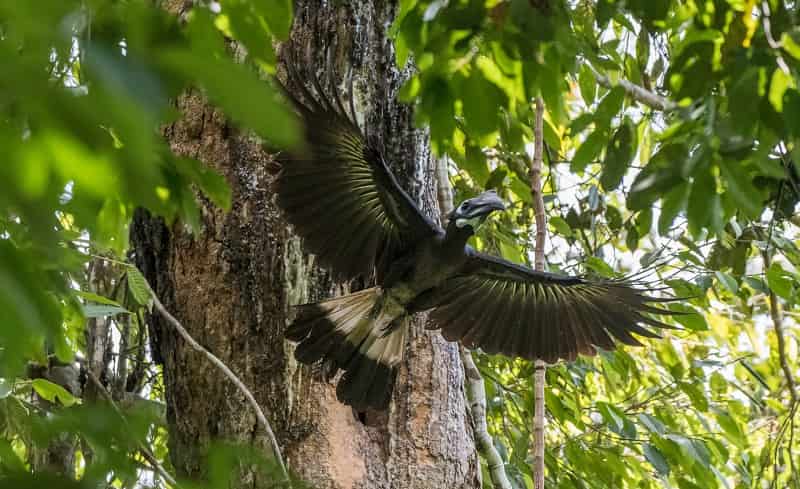
The Ghosu Bird Sanctuary is situated at a distance of 8 kilometers towards the southwestern part of Zunheboto, which is itself located amidst clusters of small hills. The Sumis, known to be a tribe of proficient warriors, are one of the many tribes that form the population of the Nagas. The Nagas, as a community, are well-known for their elaborate and vibrant traditional dances and songs. One may also witness the splendor of their combat gear worn during times of war. The Tuluni, a festival of great significance, is commemorated every year during the second week of July.
The Bird Sanctuary is endangered with more than 20 species of birds are found over here. In the months of June, migratory birds are sighted and now poaching and hunting is strictly prohibited.
Intanki National Park
- Location: North- East part of Intanki, Nagaland, India
- Best time to visit: Nov to Feb
- Wild Life: Hornbill, Elephant, black stork, Wild Dog, Mithun, Hoolock Gibbon, Goral, Barking Deer, Sloth Bear, Tiger, common Pheasant and Flying Squirrel.
- Quick Facts: The Intanki National Park of Nagaland is well known wildlife sanctuary in the national parks of India.
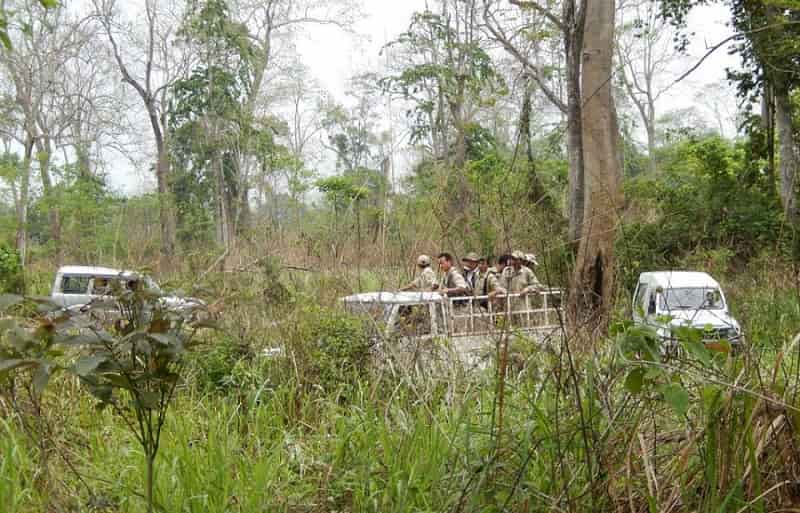
The exquisite beauty of the park and the numerous species of Flora and Fauna are worth to visit, which are unfound in other parts of India. The park is situated in north east part of the Intanki region of Nagaland. The Nagaland Park is full of dense forests that make ideal an habitat for all sorts of birds, mammals, insects and birds. Intanki National Park is blanketed with vast expanses of equatorial forests and grasslands that extend throughout its entirety. Somewhere you will be able to see the deciduous and semi tropical tress. The ravines, cliffs and mountains in the park offer great opportunities to get close within the mother land. Besides, this park is also ideal for camping, hiking, trekking and sightseeing. The excellent outdoor sports in the parks for trekking and hiking are arranged by qualify and authorities guides.
The best recommended time for visiting Intanki National Parks is in the months during winter November to February. As this are the season where you get opportunities for the ideal sport activities such as trekking, hiking landscaping and sightseeing. While going through such activities you get avail with the wildlife that includes flying squirrels, tigers, Hoolock Gibbons, Leopards. Wild Dogs, Barking Deer, Black Storks, Catch Pheasants, Sloth bears, Kalij, Mithun, Goral and Elephant.
The Intanki National Park offers exquisite attraction for not only nature lover as well as for casual tourist, who love to spend their time with the mature. Reaching to park is quite easy to accessible.
- Also Read: Best Things to Do in Nagaland
